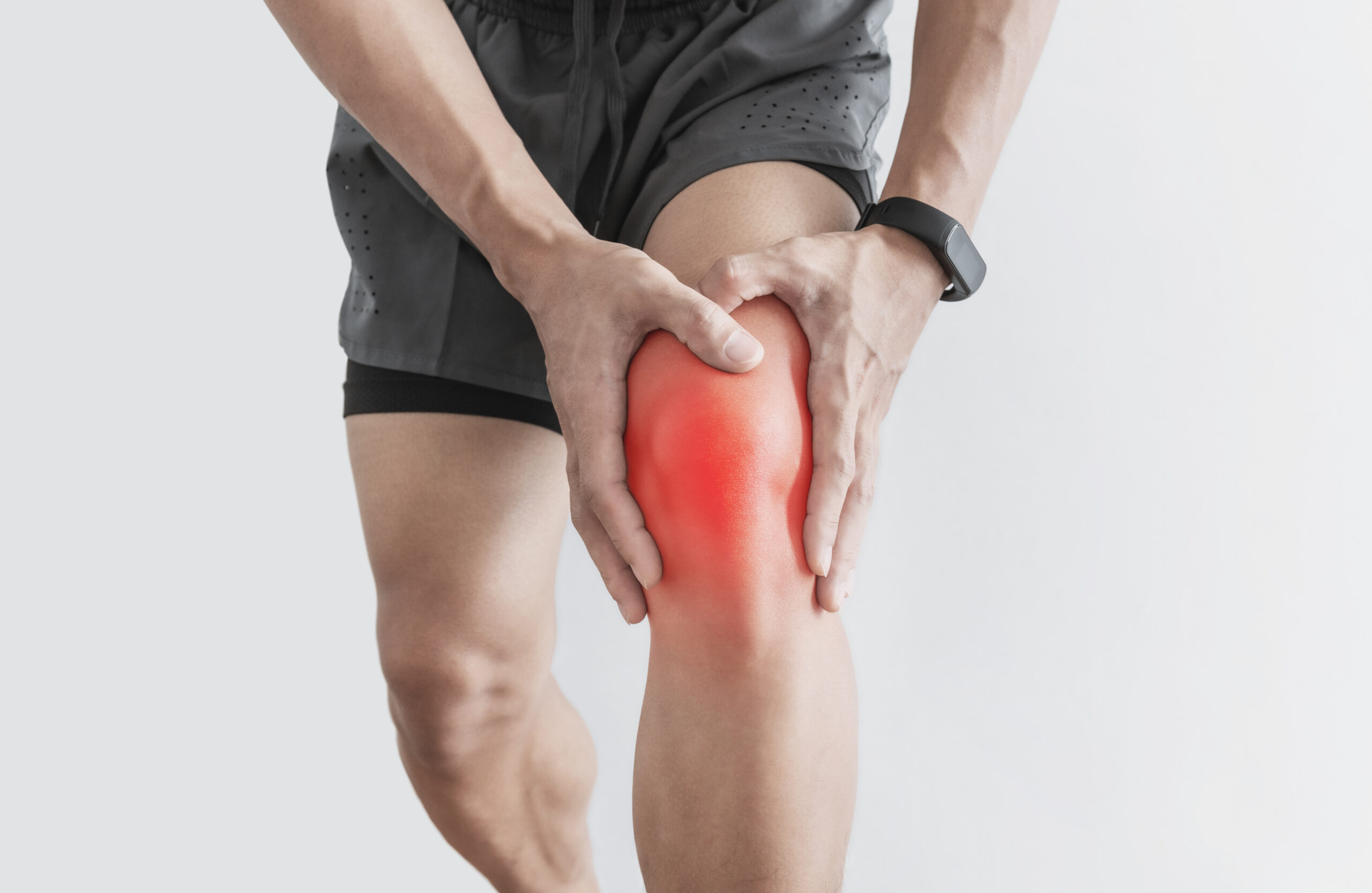Clicky joints are more common than you think, but knowing when they signal something serious is key.
Story Overview
- Joint clicking, or crepitus, is often harmless but can sometimes indicate joint issues.
- Gas bubble formation and tendon movement typically cause these sounds.
- Persistent or painful joint sounds may require medical attention.
- Modern research debunks myths, such as cracking joints leading to arthritis.
The Science Behind Joint Sounds
Joint clicking, medically known as crepitus, has intrigued and puzzled both patients and doctors for centuries. The sounds arise when gas bubbles in synovial fluid form and collapse during joint movement. This process is usually harmless and occurs in healthy joints. Advances in imaging and mathematical modeling, particularly in studies published in 2015 and 2018, have clarified the underlying mechanisms, dispelling myths about its connection to arthritis or joint damage.
Despite its benign nature, crepitus can cause concern, particularly among older adults and athletes. The sound can feel disconcerting, but without accompanying pain, swelling, or functional impairment, it is typically not a cause for worry. However, distinguishing between harmless and potentially harmful joint sounds is crucial. Healthcare professionals advise monitoring any persistent or painful sounds as they may indicate underlying pathology, such as arthritis or injury.
When Joint Sounds Require Attention
While most joint sounds are normal, some warrant a closer look. Persistent crepitus accompanied by pain, swelling, or restricted movement could signal a more serious issue. Conditions like arthritis or cartilage wear can manifest as these symptoms, necessitating a medical evaluation. Clinicians emphasize the importance of not ignoring these warning signs, as early detection and intervention can prevent further joint damage.
Medical professionals, including orthopedists and rheumatologists, are pivotal in diagnosing and treating joint disorders. They utilize patient history, physical examination, and imaging studies to determine the cause of the symptoms. The healthcare community remains focused on educating the public to alleviate unnecessary fears while ensuring that warning signs are appropriately addressed.
Dispelling Myths and Misconceptions
One of the most enduring myths is that joint cracking causes arthritis. This misconception has been debunked by numerous studies, including those conducted by reputable health organizations like Cedars-Sinai. Joint sounds alone do not lead to arthritis; rather, arthritis may cause joint sounds due to changes in joint structure. Educating the public about this distinction is vital to reducing undue anxiety and stigma associated with joint sounds.
Recent research and expert commentary highlight the importance of understanding the normal physiology of joints. By demystifying the phenomenon of joint sounds, healthcare providers can help patients make informed decisions about their joint health. Public education efforts continue to focus on clarifying these issues, emphasizing that while most joint sounds are benign, staying alert to changes is essential.
Sources:








